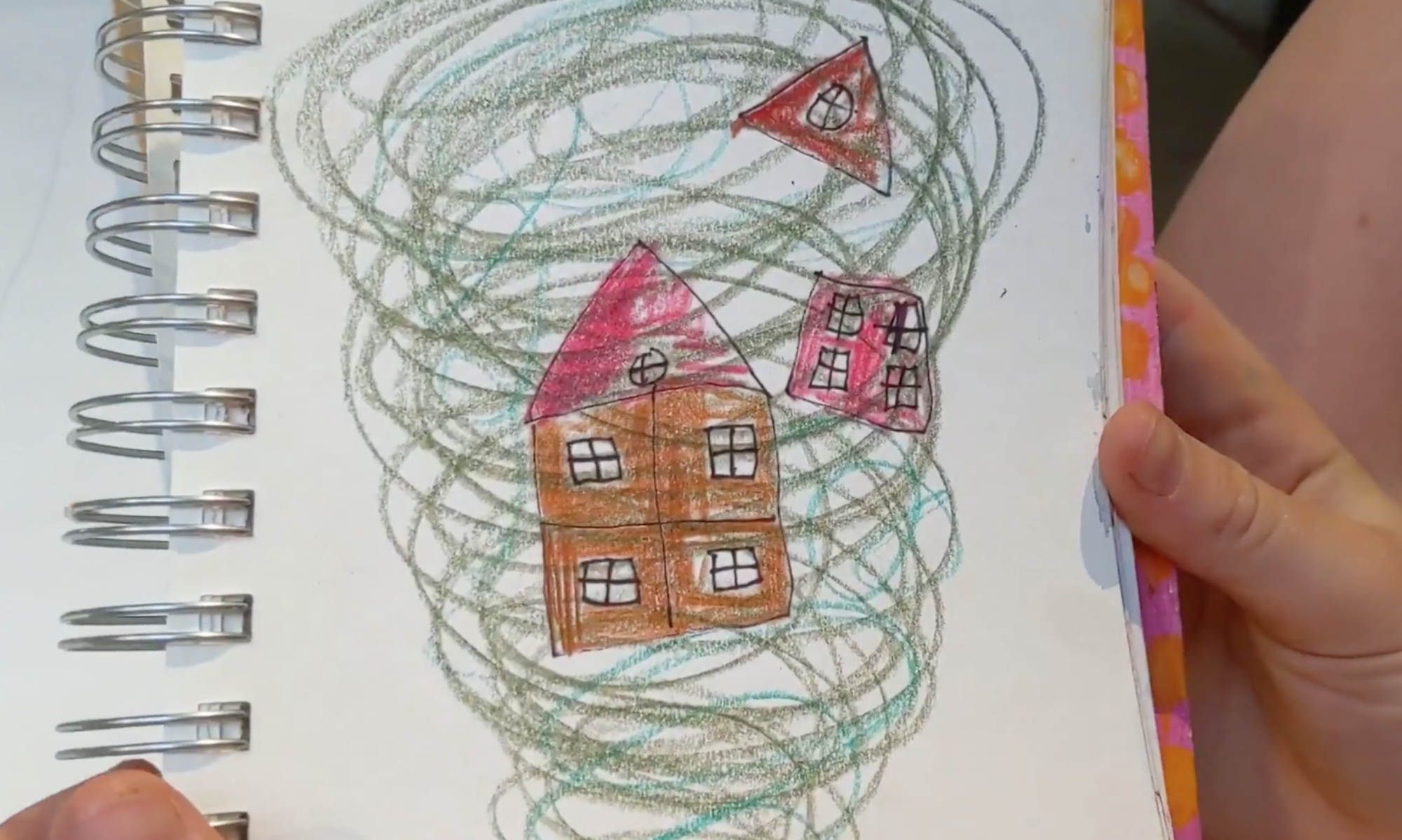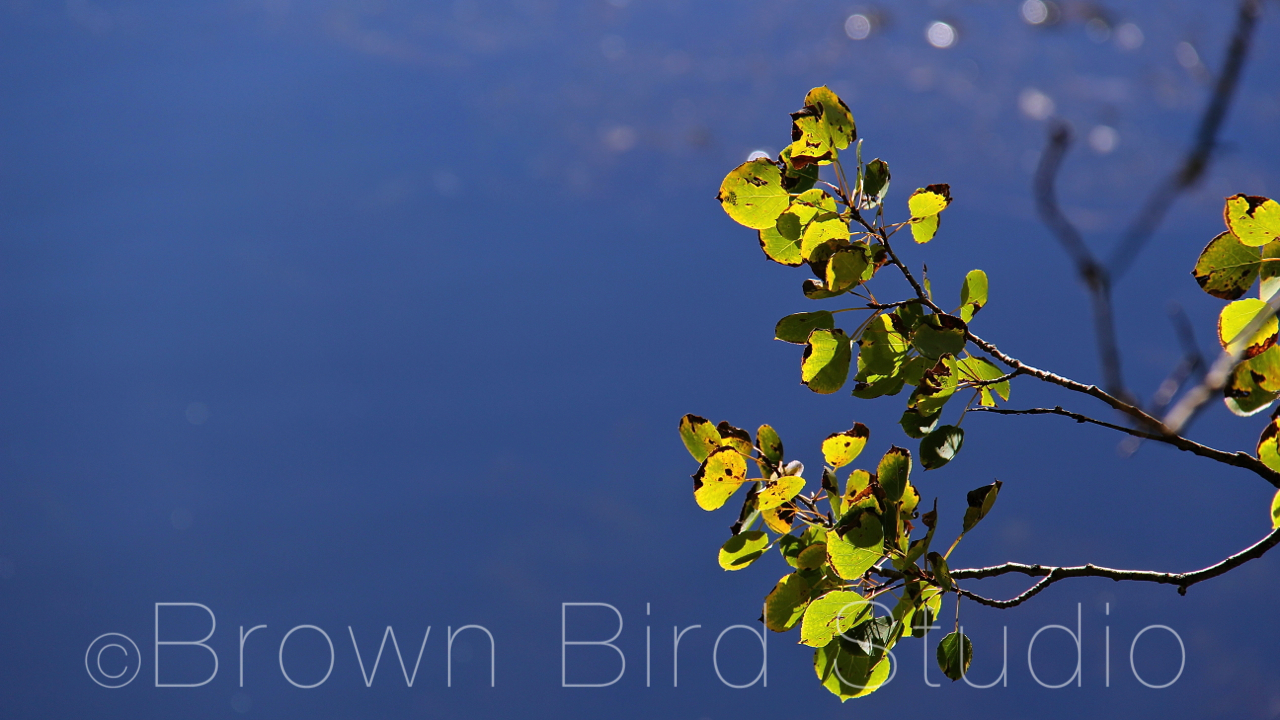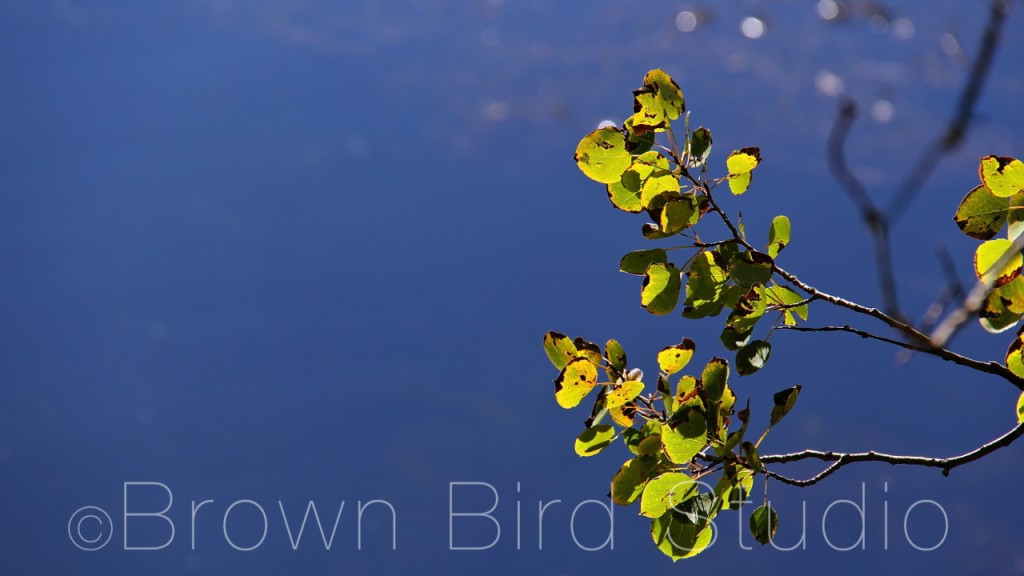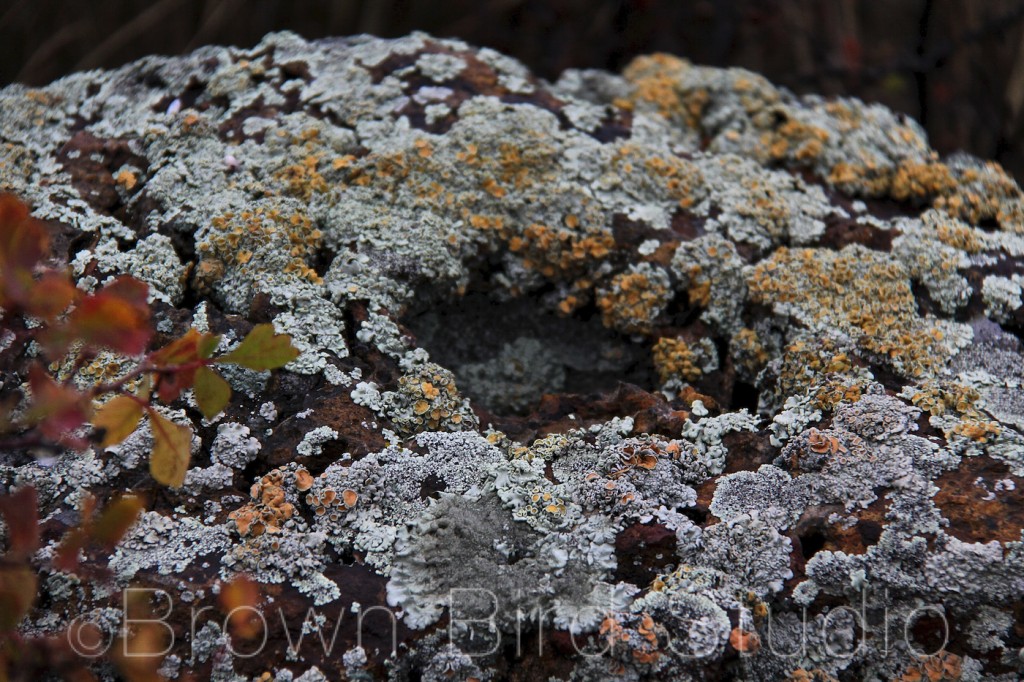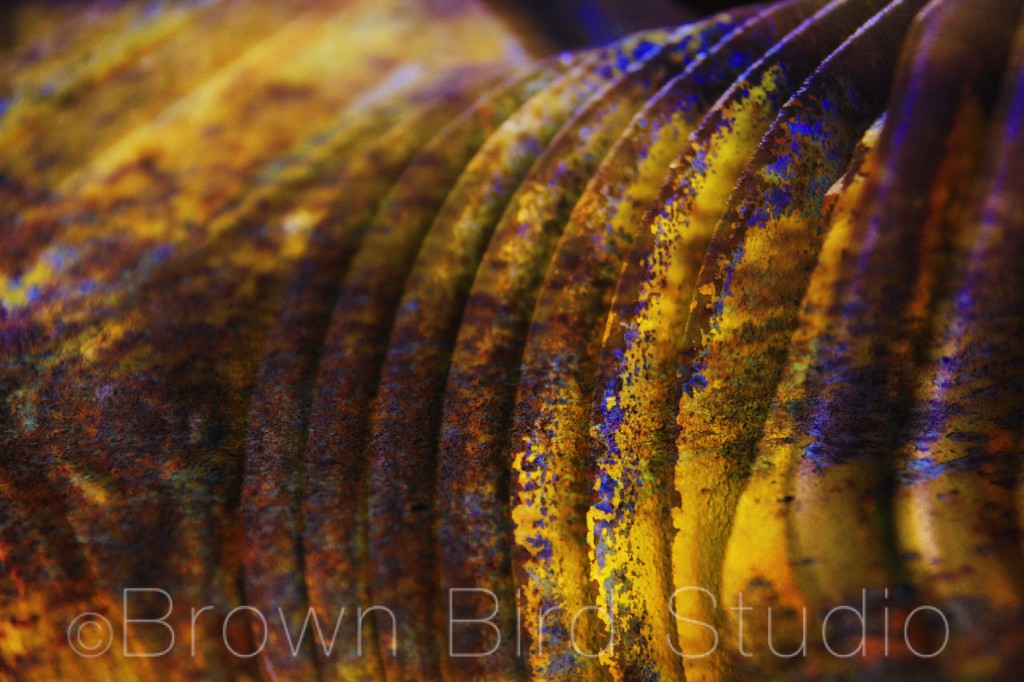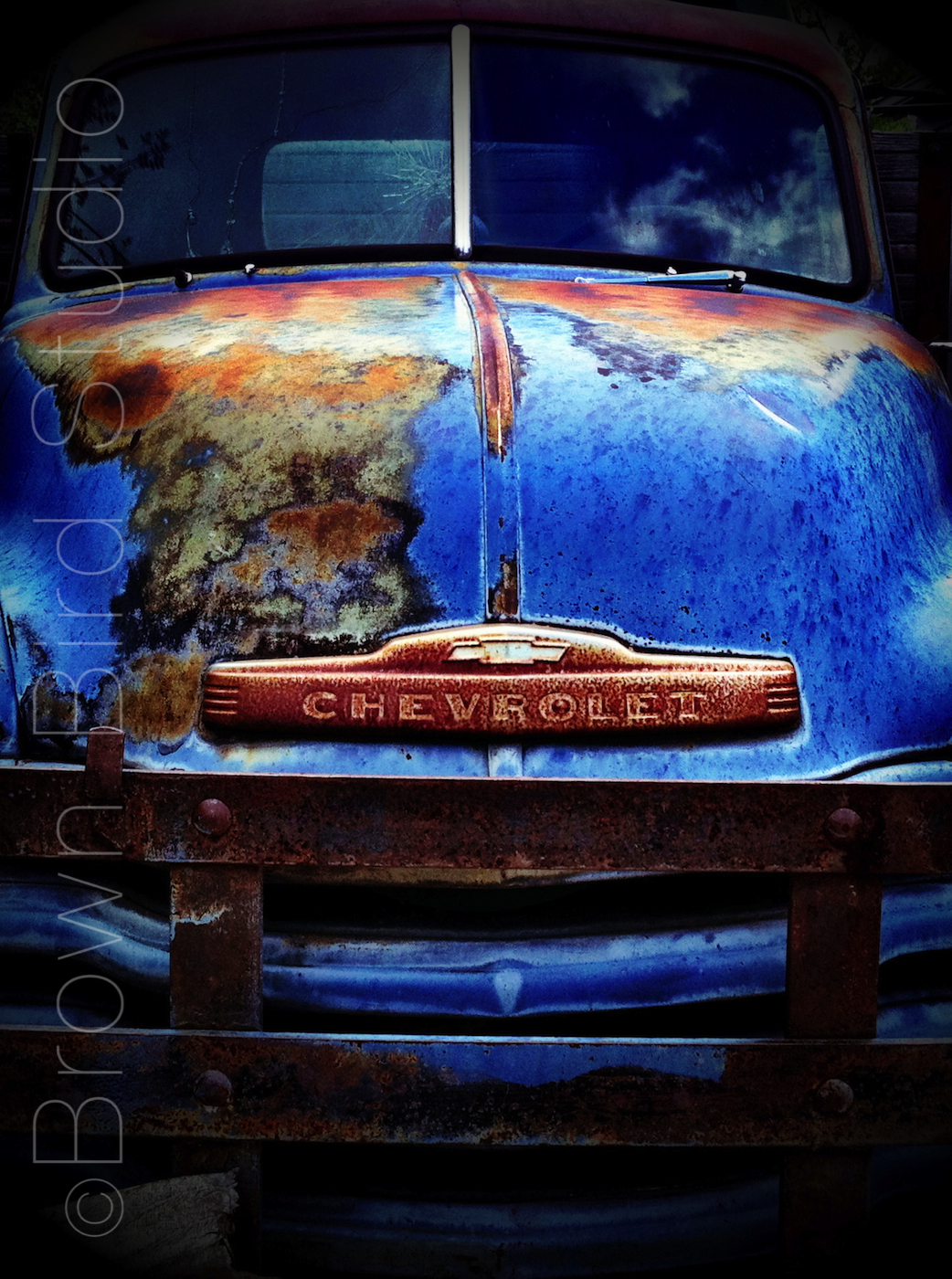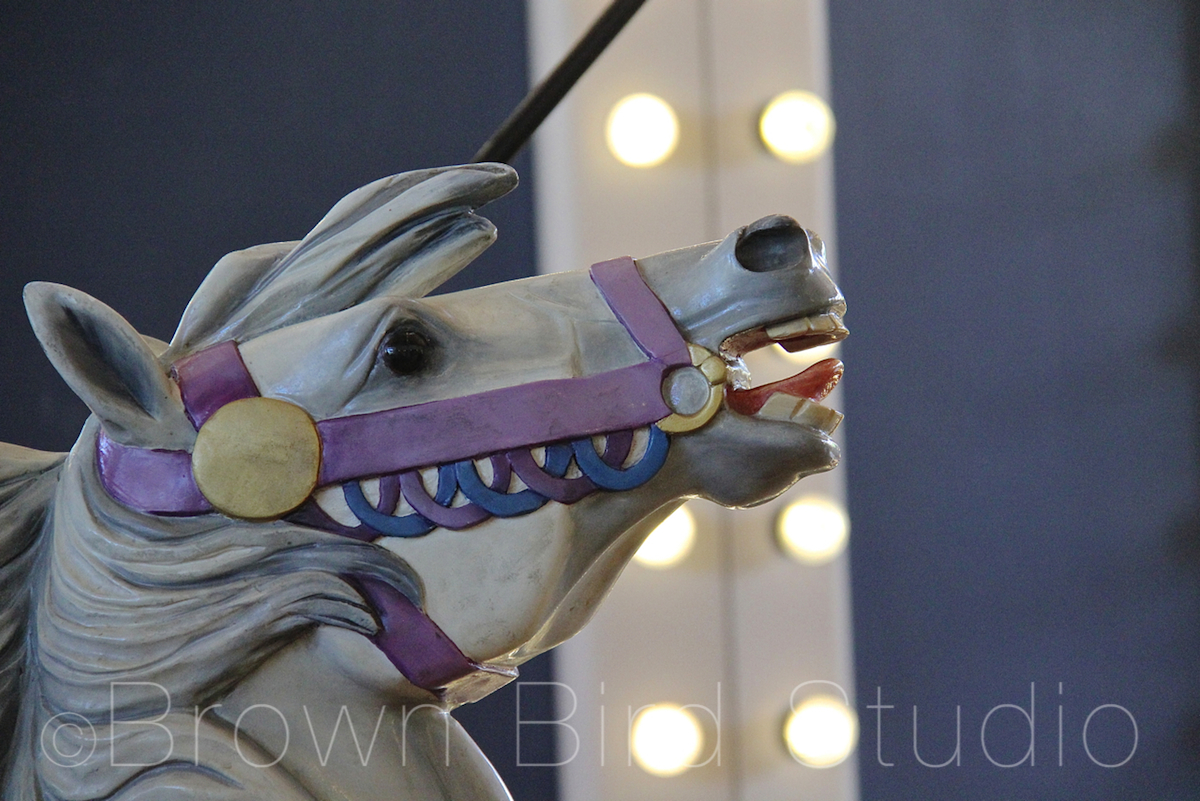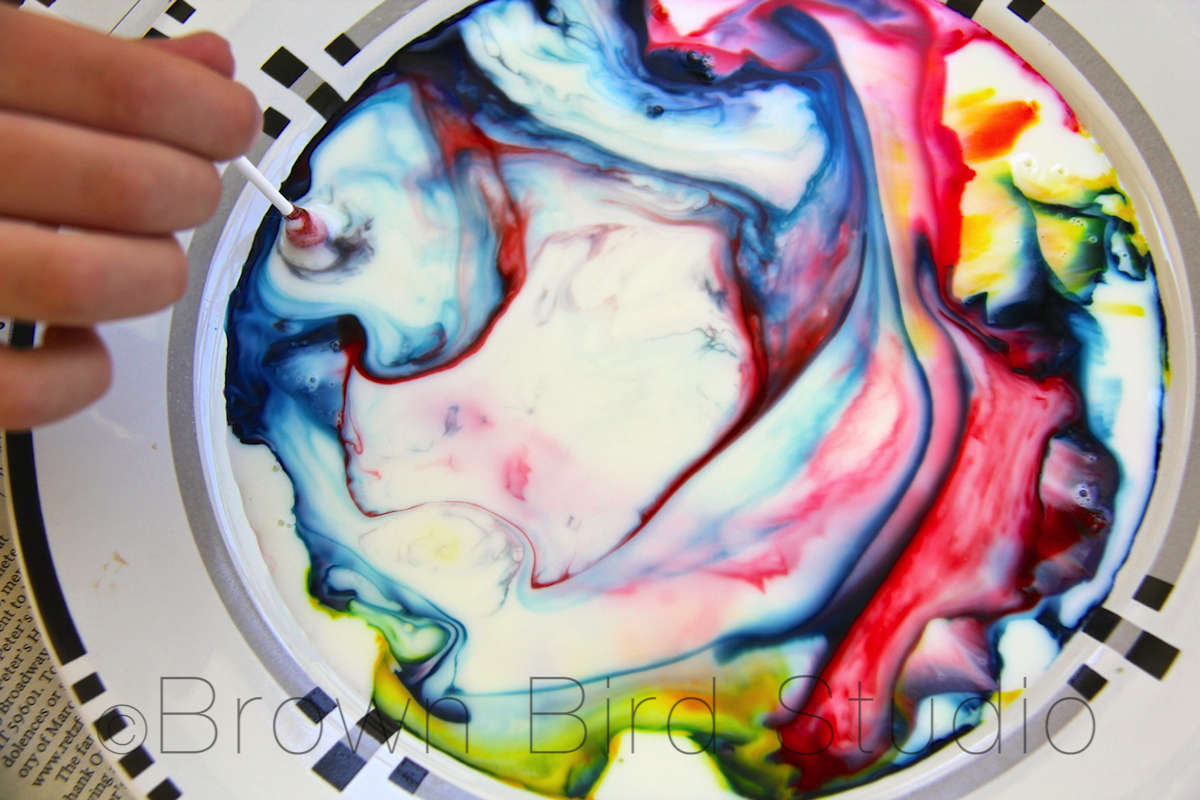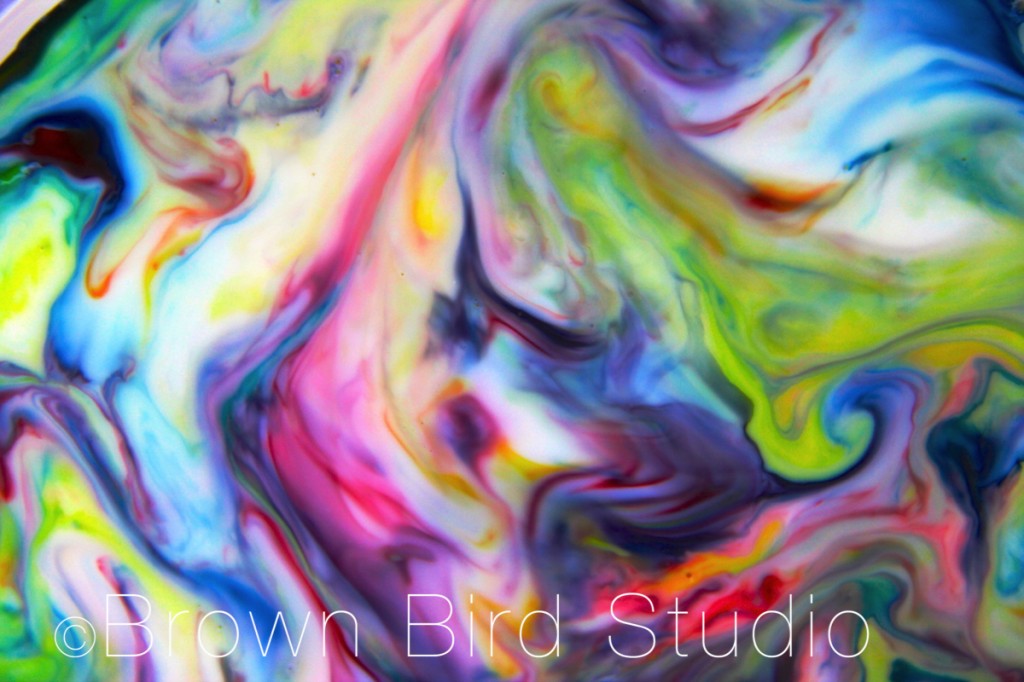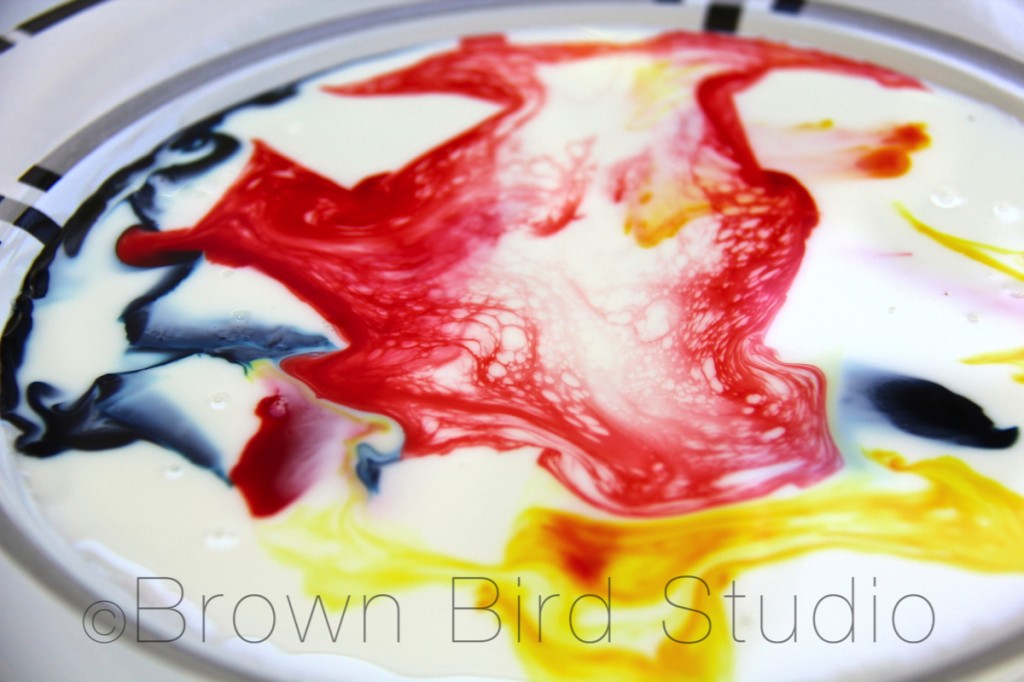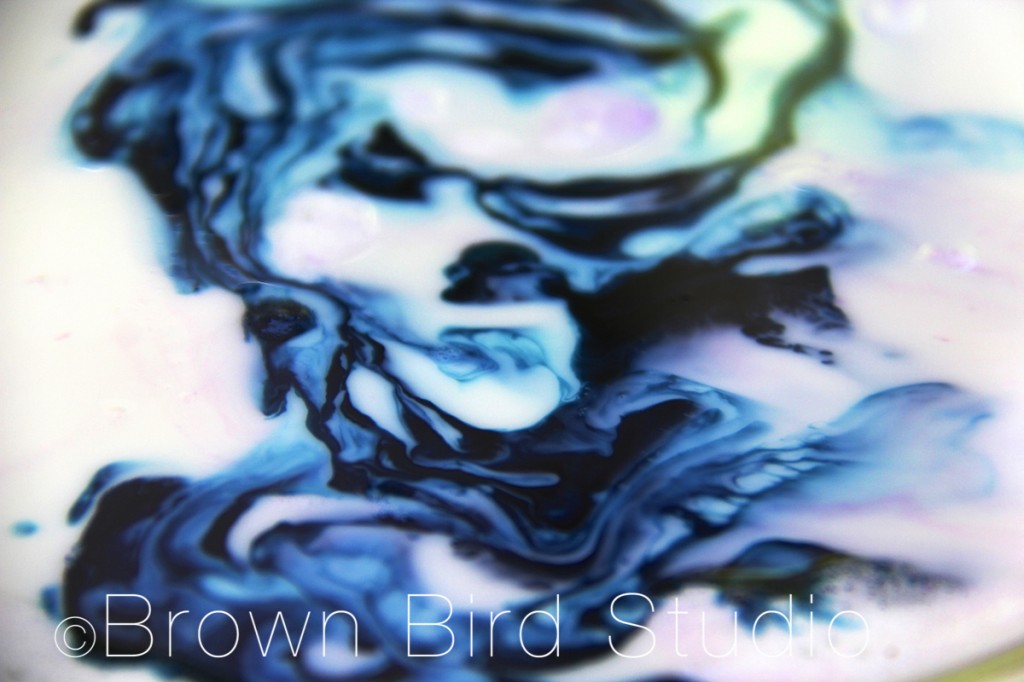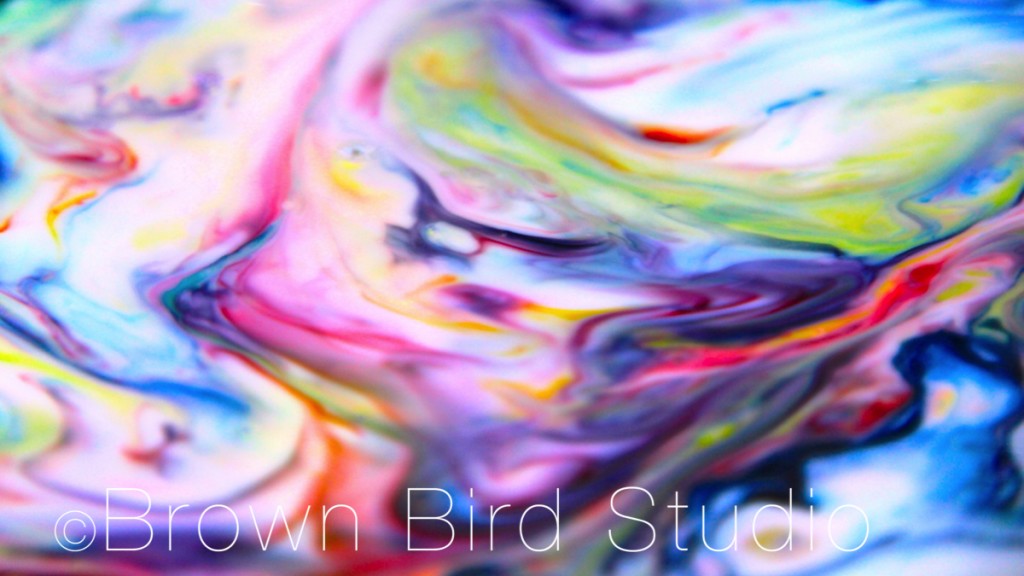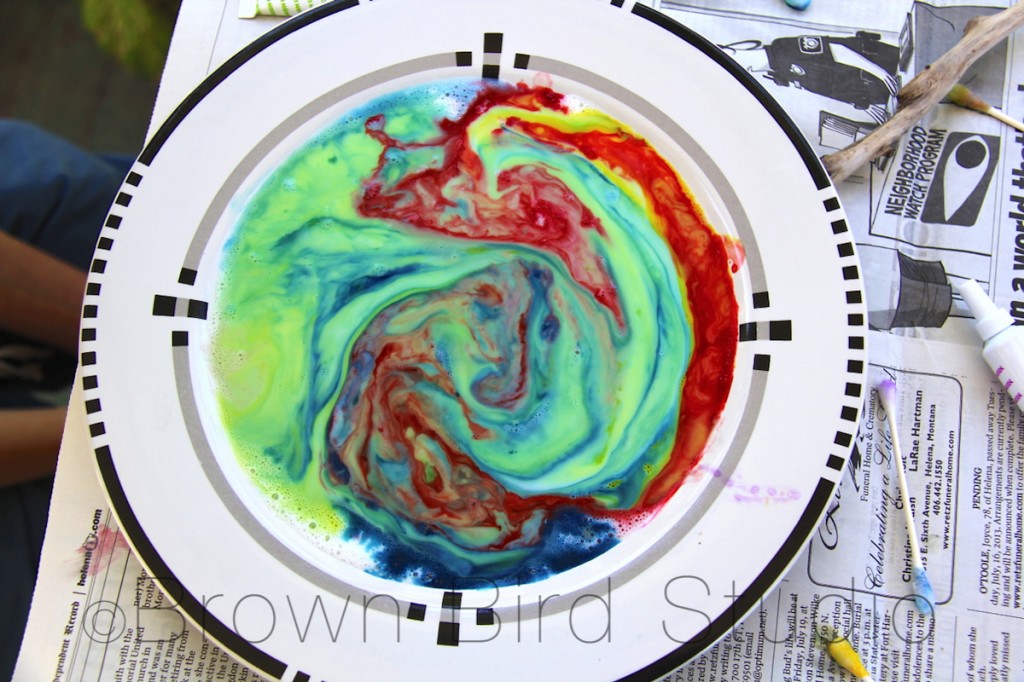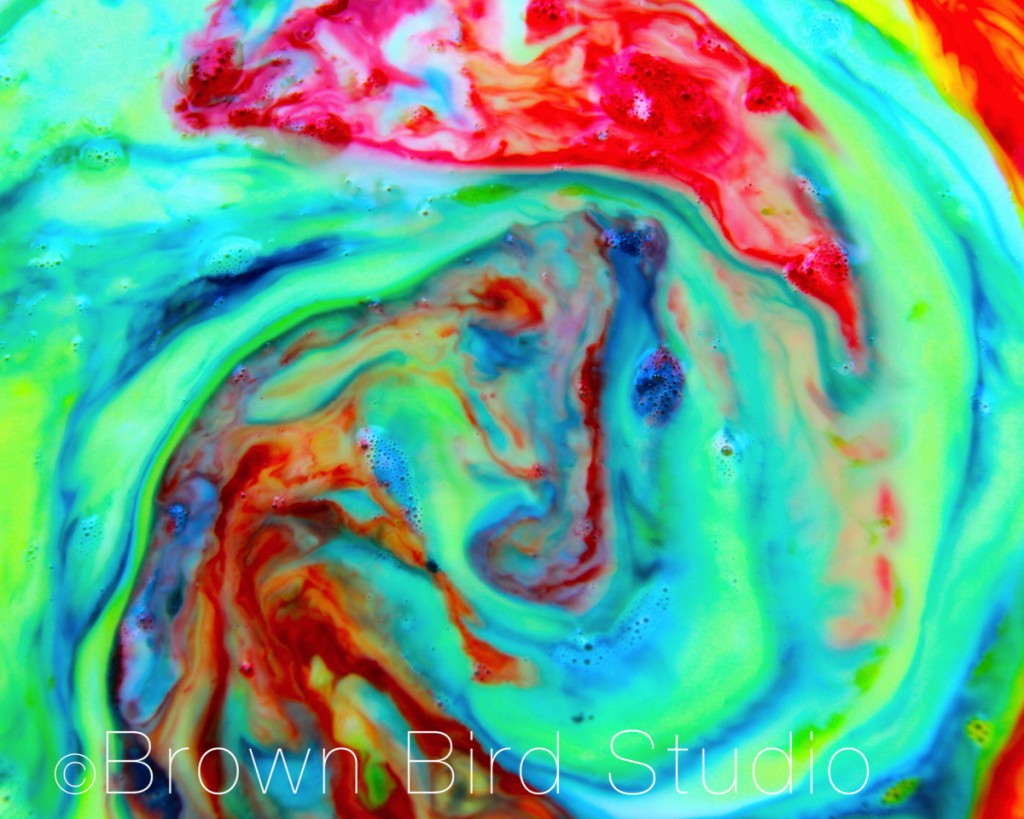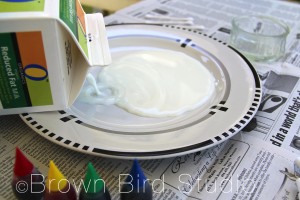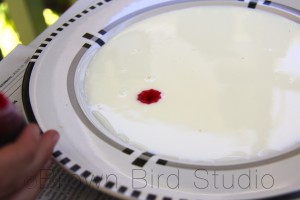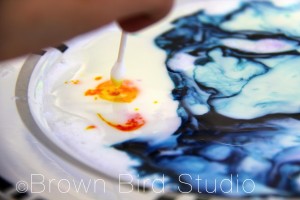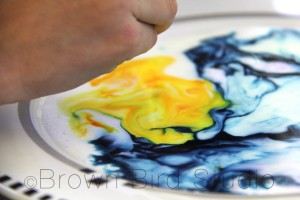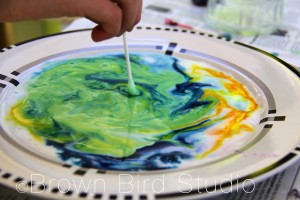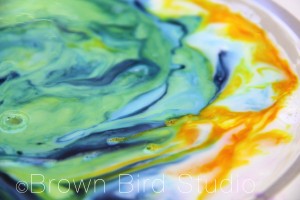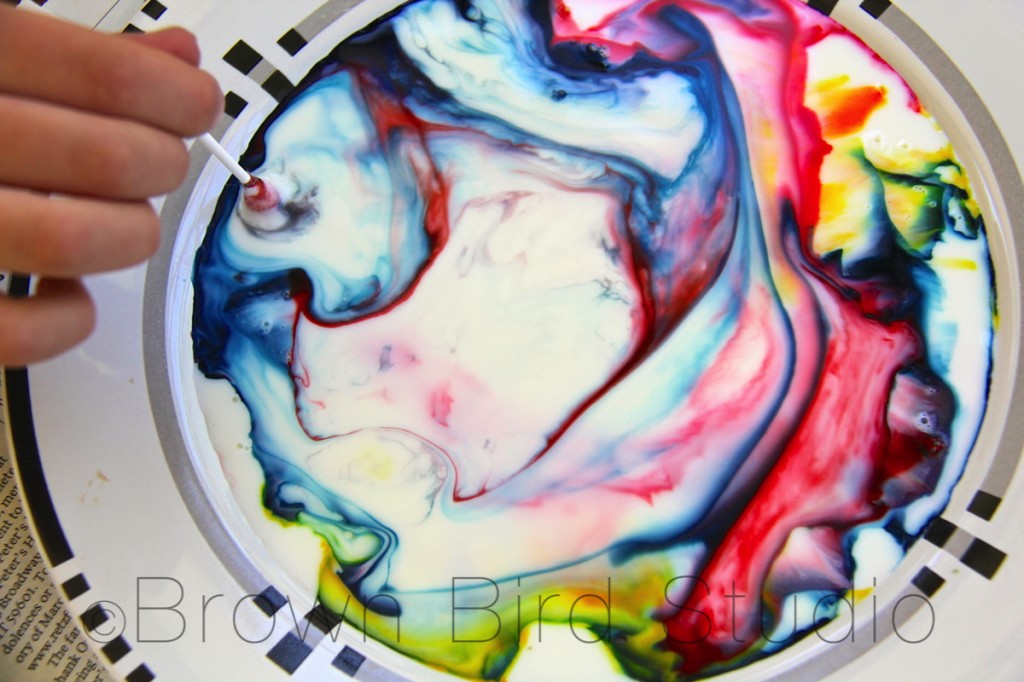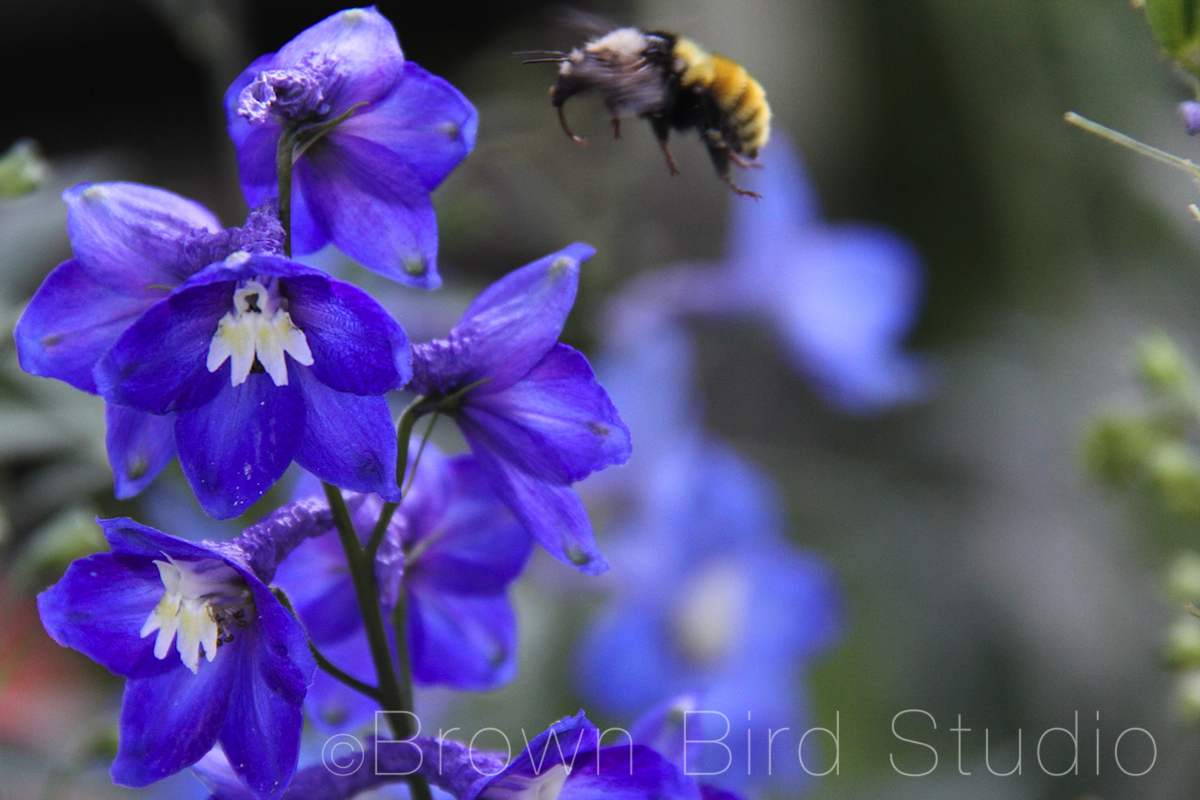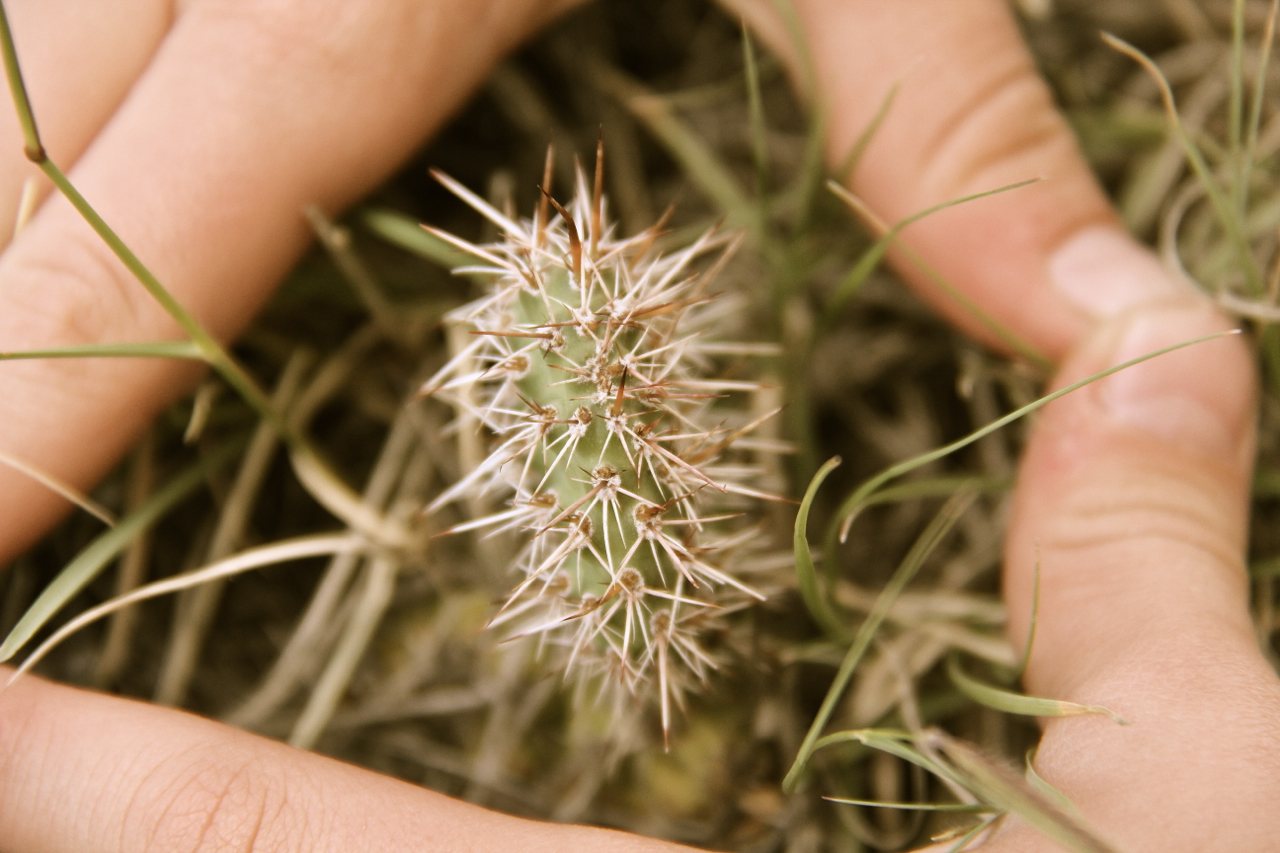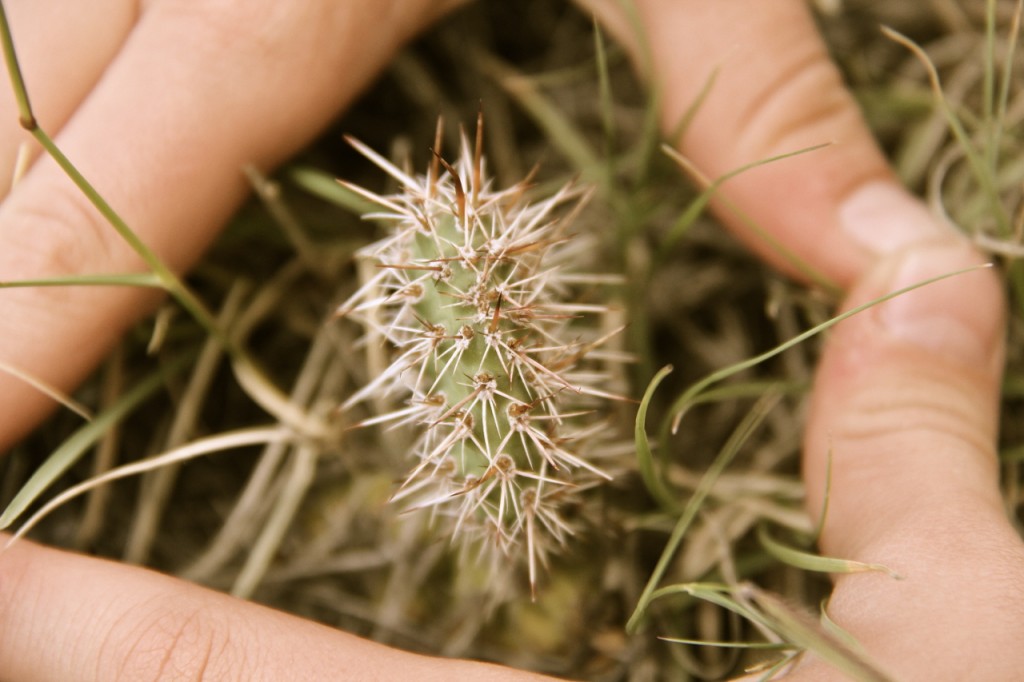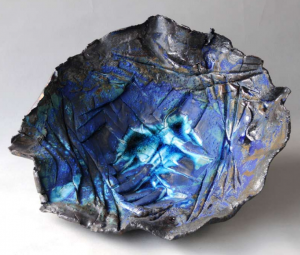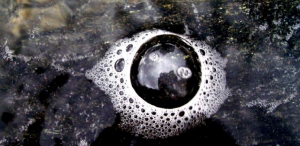One of my all time favorite poems is by e.e.cummings, a poem I first read when I was 14 years old, living in Virginia. My dad introduced me to e.e.cummings. Throughout my spiritual journey, from Catholicism to Buddhism, to exploring other Christian faith communities and finally finding my spiritual home in Huichol Shamanism, e.e.cumming’s poet-mystic vision rings true to my heart.
We are all climbing to the top of the same mountain on different trails.
May all Beings be Blessed. May all Beings be Loved.
Here is the poem:
i thank You God for most this amazing
day:for the leaping greenly spirits of trees
and a blue true dream of sky;and for everything
which is natural which is infinite which is yes
(i who have died am alive again today,
and this is the sun’s birthday;this is the birth
day of life and love and wings:and of the gay
great happening illimitably earth)
how should tasting touching hearing seeing
breathing any-lifted from the no
of all nothing-human merely being
doubt unimaginable You?
(now the ears of my ears awake and
now the eyes of my eyes are opened)– e e cummings
